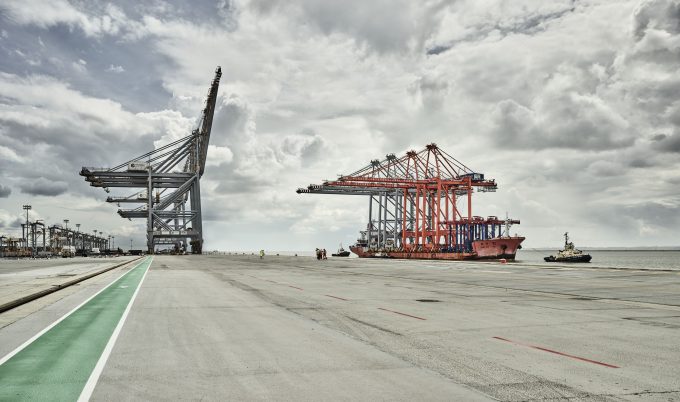Western governments look to boost supply chain resilience with new laws
Western governments are looking to increase supply chain resilience as efforts to pull away from ...

US government measures to reduce the risk of supply chain overexposure to China, amid growing tension between Beijing and Washington, have turned towards the nation’s ports.
Last night, President Biden ordered some $20bn for development of new port infrastructure, as concerns mounted that spyware could ‘find its way’ into the operating systems of gantry cranes made in China.
The White House said: “Marine transport system operators rely on digital systems to enable operations. These systems have revolutionised the industry and American supply chains by enhancing speed and efficiency of moving goods to market, but the increasing digital interconnectedness of our economy and supply chains have also introduced vulnerabilities.
“If exploited, these could have cascading impacts on America’s ports, the economy and hard-working Americans.”
The money, due to be pushed out over five years, is as part of the president’s landmark bipartisan Inflation Reduction Act, signed into law in 2022, which has already sought to shift the manufacturing of electric vehicles away from China through a series of incentives and levies.
Responding to the news, US-based subsidiary of Japan’s Mitsui, crane manufacturer Paceco, said it planned to ‘onshore’ US manufacturing capacity to meet the expected spike in demand.
The firm said: “We have a deep history in the container shipping industry, manufacturing the first dedicated ship-to-shore container crane in 1958 and continued US-based crane manufacturing until the late 1980s. We intend to partner with other experienced manufacturing companies to bring port crane manufacturing capabilities back to the US.
“This opportunity will be the first in over 30 years to construct new and rebuilt cranes in the US. Cranes, particularly ship-to-shore cranes, are critical port infrastructure operated in harbours across the country by unionised longshoremen.”
Some 80% of the cranes operating in US ports were made China, and there has been a reported increase in China state-sponsored cyber-attacks. They include last year’s Volt Typhoon, said to have been aimed at US maritime infrastructure as part of a snooping operation described by Microsoft as “stealthy and targeted malicious activity”.
FBI director Christopher Wray said the operation was “one of many conducted by the Chinese government, or organisations affiliated with it, to damage US infrastructure”.
Asked what not relying on China for maritime cranes would mean for UK port infrastructure, one source told The Loadstar the cost would be “astronomical”.
The director of policy and external affairs at the British Ports Association, Mark Simmonds, told The Loadstar: “We note that the US government has earmarked $20bn to replace these cranes and while we have no indication that the UK would take such a dramatic step, we would expect significant engagement and support if the government were to head down that route.”
Comment on this article